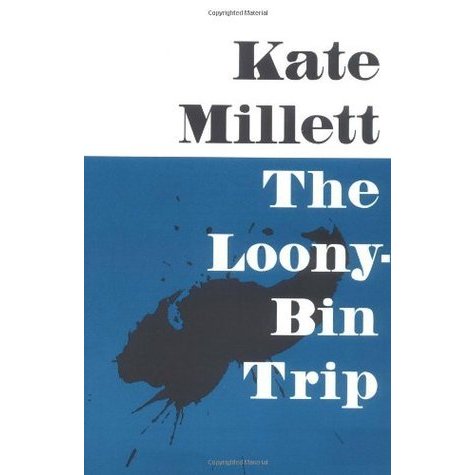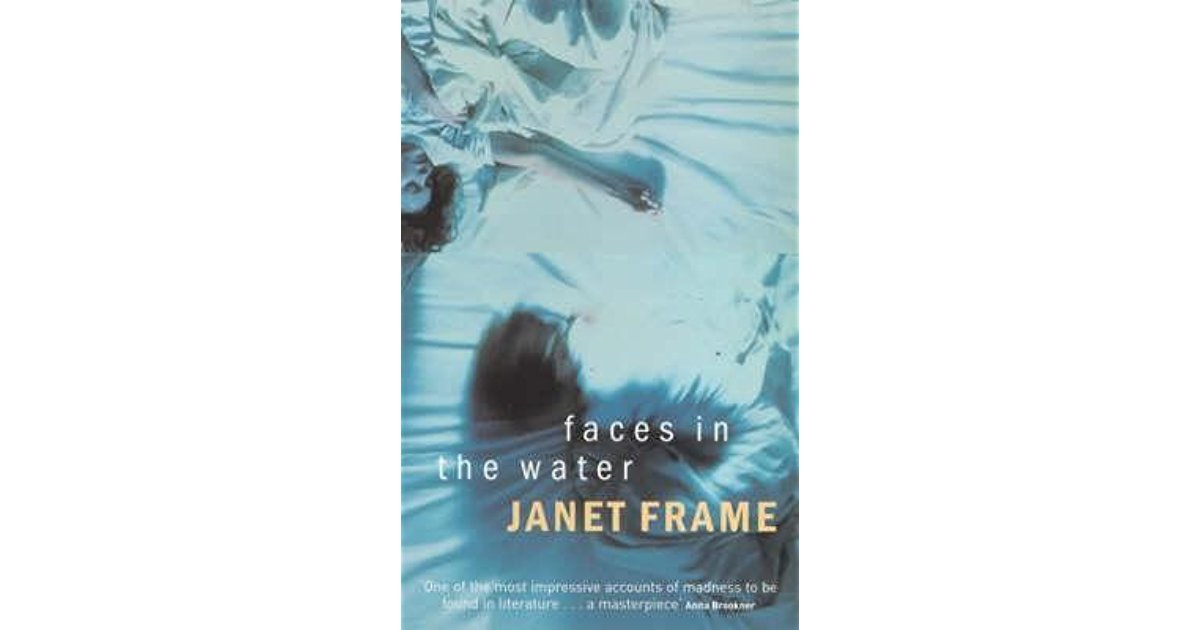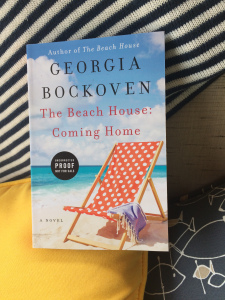I recently finished my master’s dissertation which explored the similarities and differences between fictional autobiographies and autobiographies. In fictional autobiographies, the author employs a fictional surrogate to narrate their real-life experiences. I researched the fictional autobiographies The Bell Jar by Sylvia Plath and Faces in the Water by Janet Frame. Plath’s fictional construct, Esther Greenwood and Frame’s fictional surrogate Estina Mavet shield both authors from revealing painful and personal experiences. The Bell Jar was initially published under the pseudonym Victoria Lucas. For my thesis research, I contrasted these fictional autobiographies with autobiographies where the author openly acknowledges distressing experiences. Janet Frame wrote about her childhood in New Zealand, her involuntary institutionalization and her literary career in her three autobiographies, To the Is-Land, Autobiography 1, An Angel at My Table, Autobiography 2 and The Envoy from Mirror City, Autobiography 3. Kate Millet also publicly acknowledges her suffering from involuntary institutionalization and how she coped with depression in The Loony-Bin Trip. 

Janet Frame discusses the freedom of autobiographical fiction and her fictional creation, Estina Mavet: “In my book, Faces in the Water I have described in detail the surroundings and events in the several mental hospitals. . . . The fiction of the book lies in the portrayal of the central character, based on my life but given largely fictional thoughts and feelings” (Frame, Angel 69-70). She accepts the fictionalization of her experience in Faces in the Water which makes me wonder if a reader can really rely on any form of autobiography as a trustworthy narrative of real experiences? In their autobiographies, Frame and Millet defend their responsibility to tell only their stories. Frame explains: “I have tried to restrict myself to my own story without presuming to tell the stories of others” (Frame The Envoy 169). In The Loony-Bin Trip, Millet includes extracts of an audio transcript where her employees criticize her actions which once again emphasizes the subjectivity of her autobiography and the telling of her story. Millet listens to one employee angrily explaining: “I don’t know, if we leave-if you’re going to change” (Millet 142). She wishes to highlight her control over the authorship of her autobiography. It is difficult to believe Frame’s defence of her fictional account in Faces in the Water when it closely resembles the pain depicted in her autobiographies. She readily admits that she drew from her personal experience.

In their autobiographies, Millet and Frame mostly acknowledge the subjectivity of their narration. They expect that the reader can understand the retelling of their specific experience. When an author chooses to fictionalize their experience for their own benefit like Plath and Frame in their autobiographical fictions, their fictional surrogates act as narrator. It is also understandable why some may question autobiographies and their reliability. If an author creates a fictional character to narrate their life experience then how trustworthy are the actions and behaviours of others in their fictional autobiographies? Are these actions fictionalized? This is acceptable when autobiography acknowledges the telling of one story, one life-experience but when autobiographies become accountable for the facts or any wrong-doings of a person’s life, this wrong-doing heightens their unreliability. Frame is aware of the power of writing an autobiography and separating the self from the body and her past. She is also aware that as Lejuene claimed “there must be ‘identity between the author, the narrator, and the protagonist’ ” (Anderson, Autobiography 2).
Bibliography
Anderson, Linda. Autobiography. Routledge, 2001.
Frame, Janet. An Angel at My Table, Autobiography 2. 1984. Paladin Grafton Books, 1987.
—. The Envoy from Mirror City, Autobiography 3. 1985. Flamingo, 1993.
—. Faces in the Water. 1961. The Women’s Press, 1980
—. To the Is-Land, Autobiography 1. 1983. Paladin Grafton Books, 1987.
Millet, Kate. The Loony-Bin Trip. 1990. U of Illinois P, 2000.
Plath, Sylvia. The Bell Jar. 1963. Faber and Faber, 2005.
Images: goodreads.com
Advertisements Share this:




